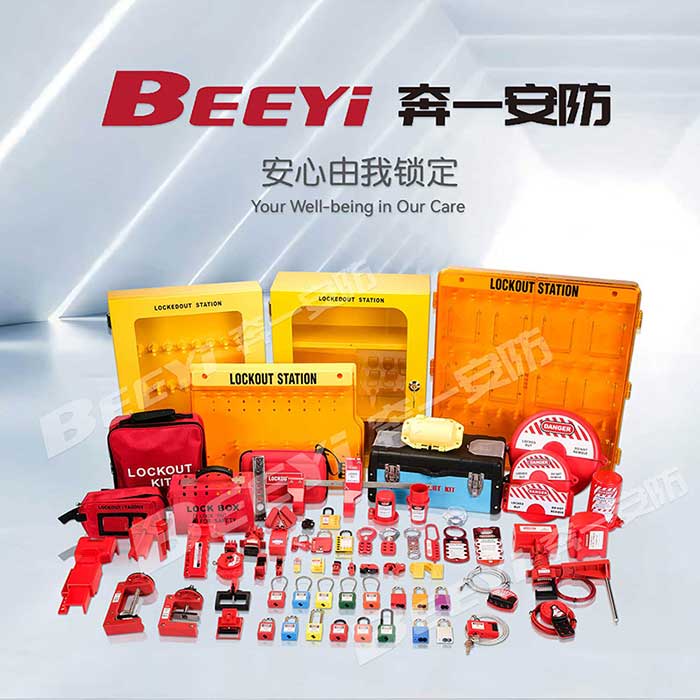the importance of valve lockout devices in industrial safety
Release time:2025-10-18 00:21:54
In industrial settings, safety is paramount, especially when it comes to working with hazardous machinery or systems. One critical component of maintaining a safe environment is the use of lockout devices, specifically valve lockout devices. These devices play an essential role in protecting workers from the dangers posed by accidental valve operation during maintenance or repair activities. This article explores the significance of valve lockout devices, how they function, and why they are crucial for workplace safety.

What is a Valve Lockout Device?
A valve lockout device is a safety tool designed to physically prevent the operation of a valve by locking it in place during maintenance or servicing. Valves control the flow of substances such as gases, liquids, and slurries in various industrial processes, including pipelines, pressure vessels, and chemical reactors. If a valve is accidentally opened or closed during maintenance, it could lead to serious accidents, including explosions, leaks, or chemical spills, which could jeopardize workers’ safety.
The primary function of a valve lockout device is to ensure that a valve remains in a fixed position, preventing any unintentional adjustments. It is typically used in conjunction with a lockout/tagout (LOTO) system, a widely accepted safety procedure that involves the use of locks and tags to control the release of hazardous energy during maintenance.

